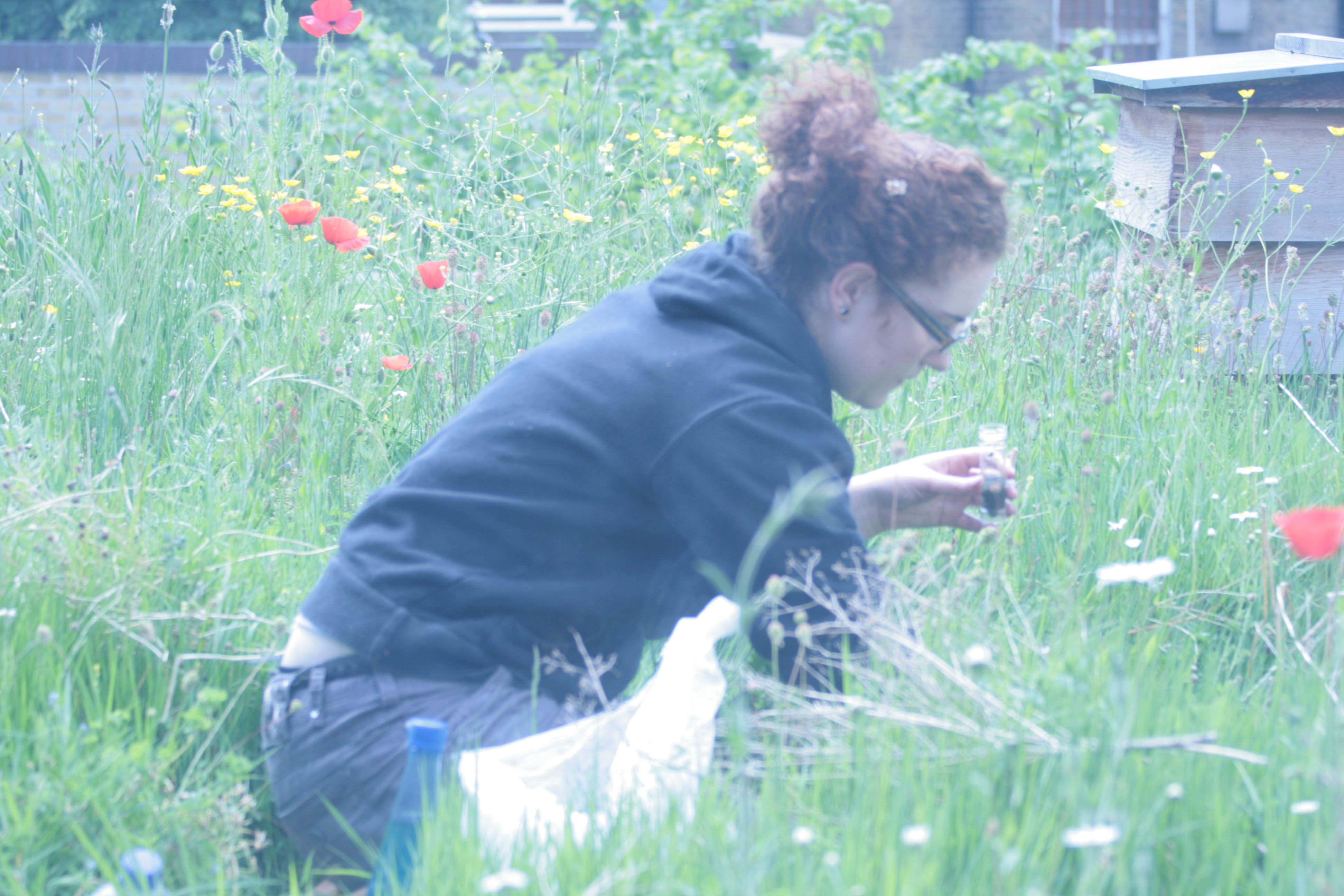
Eleanor Spratt is the latest in a line of university Masters and PhD research students referred to me by Dusty Gedge, the infamous international green roof expert, investigating the benefits of green roofs as a solution to a loss of wildlife habitat. She is doing a comparative study between green roofs, urban green space and brownfield sites. An outline of her study is available as a pdf on bere:architects' Research page http://bere.co.uk/research.
By early summer 2011, Eleanor reported finding the following on my wildflower meadow, although others including grasshoppers have been found since:
Apionidae (beetle)
Clubionia reclusa (spider)
Cicurina cicur (spider)
Chysomelidae (beetle)
Coccinellidae (beetle)
Erigone promiscua (spider)
Erigone dentipalpis (spider)
Harpalus affi nis (beetle)
Lepthyphantes mengei (spider)
Lepthyphantes tenuis (spider)
Oedothorax retusus (spider)
Oedemeridae (beetle)
Pachygnatha degeeri (spider)
Staphylinidae (beetle)
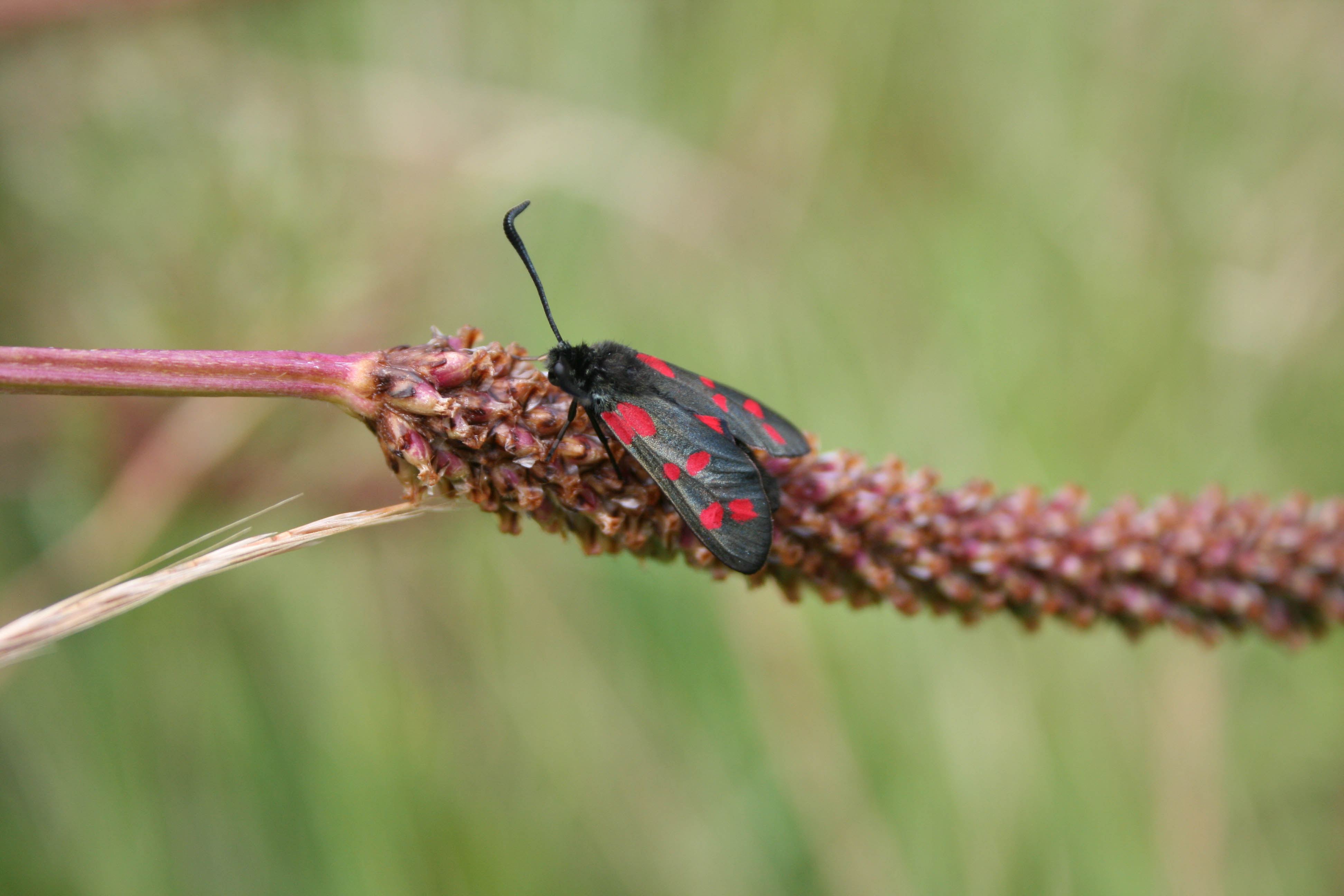
On July 16th, the day flying moths, the six-spotted burnets, returned.
Since May 2011, Huma Pearce (www.mostlybats.org) has been carrying out research on bats flying over my green roofs at the Muse. The Muse is one of many green roofs being surveyed throughout greater London, and several are found in the London Borough of Islington. The aim of the project is to understand whether green roofs provide habitat for bats within urban areas and determine whether they can offer a compensatory measure for habitat losses associated with development as well as a conservation measure for these species in otherwise low quality urban environments. An initial outline of this research can also be found at http://bere.co.uk/research. So far we have recorded 4 species of bat commuting over the roof, with a few individuals having an opportunistic feed as they travel between their roost sites and primary foraging grounds. Maybe one day they will choose to live here too!
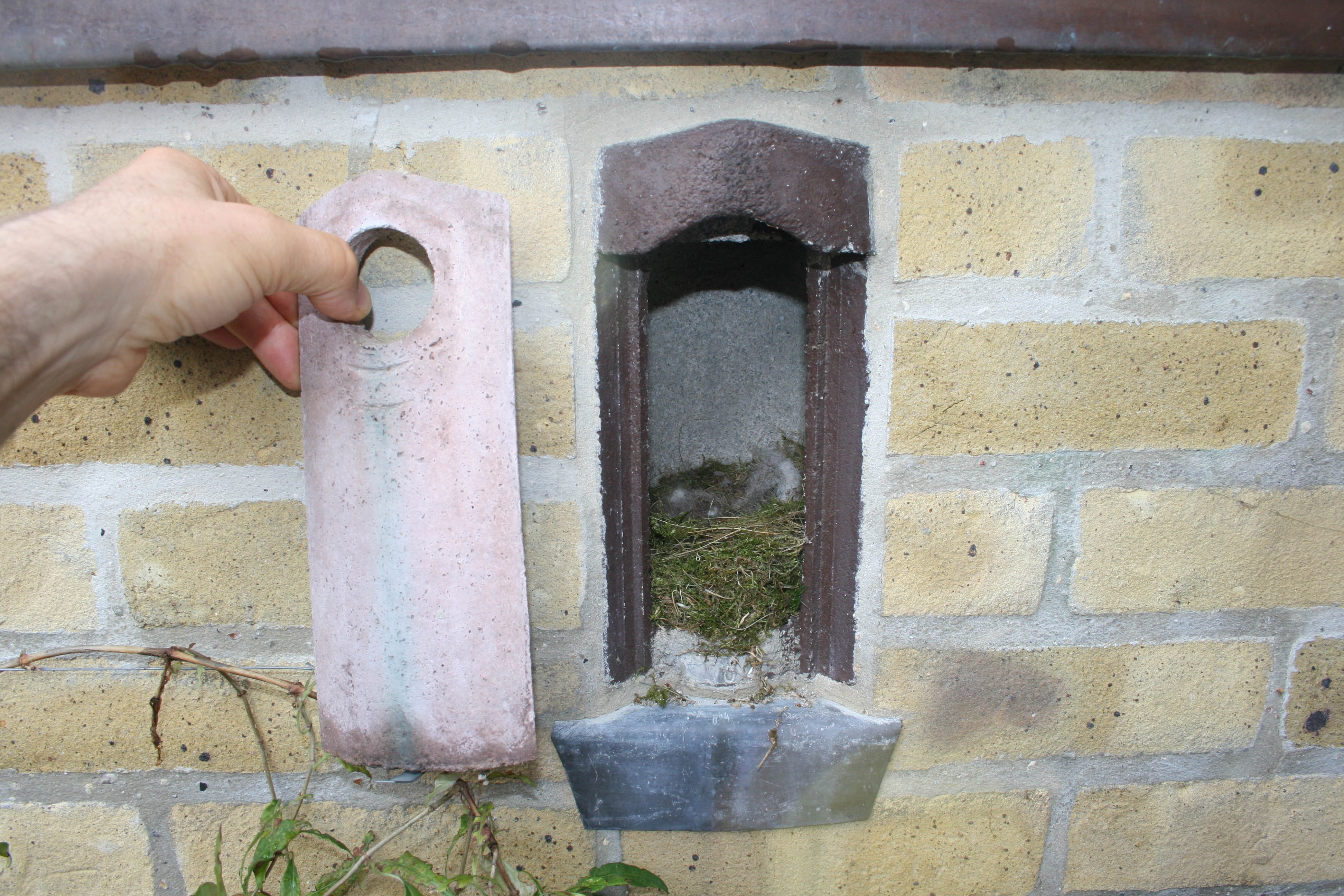
This Spring has seen the built-in bird boxes in my house get used for the first time. First one family of coal tits nested a few metres from 12 people in a busy office, fully opened up with folding-sliding doors. Then, to everyone's astonishment, another family nested only 1 metre from the open doors of the office and no more than 3 metres from the nearest seated person.
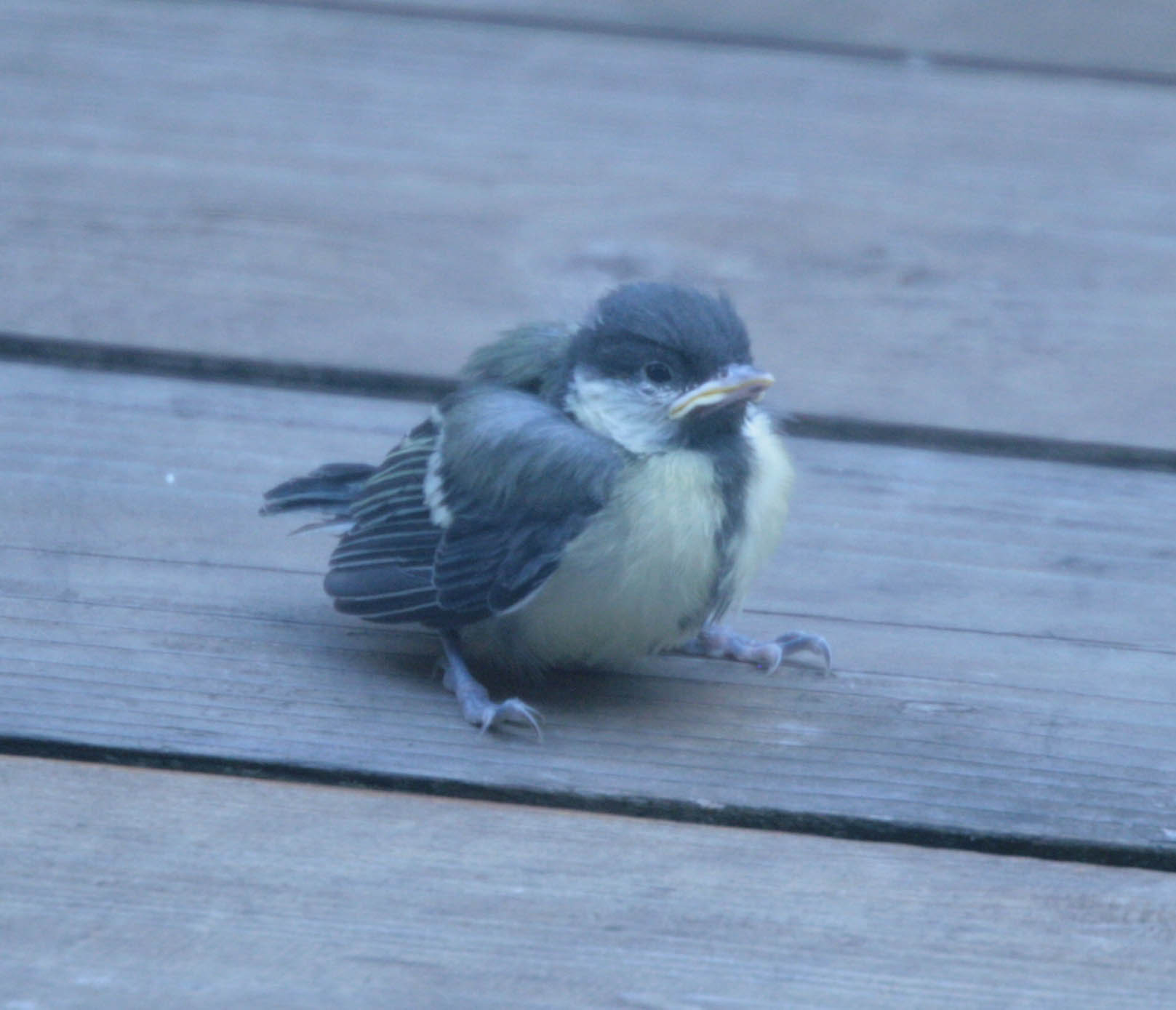
First to jump out of the nest was this little chap, looking vulnerable and worried.
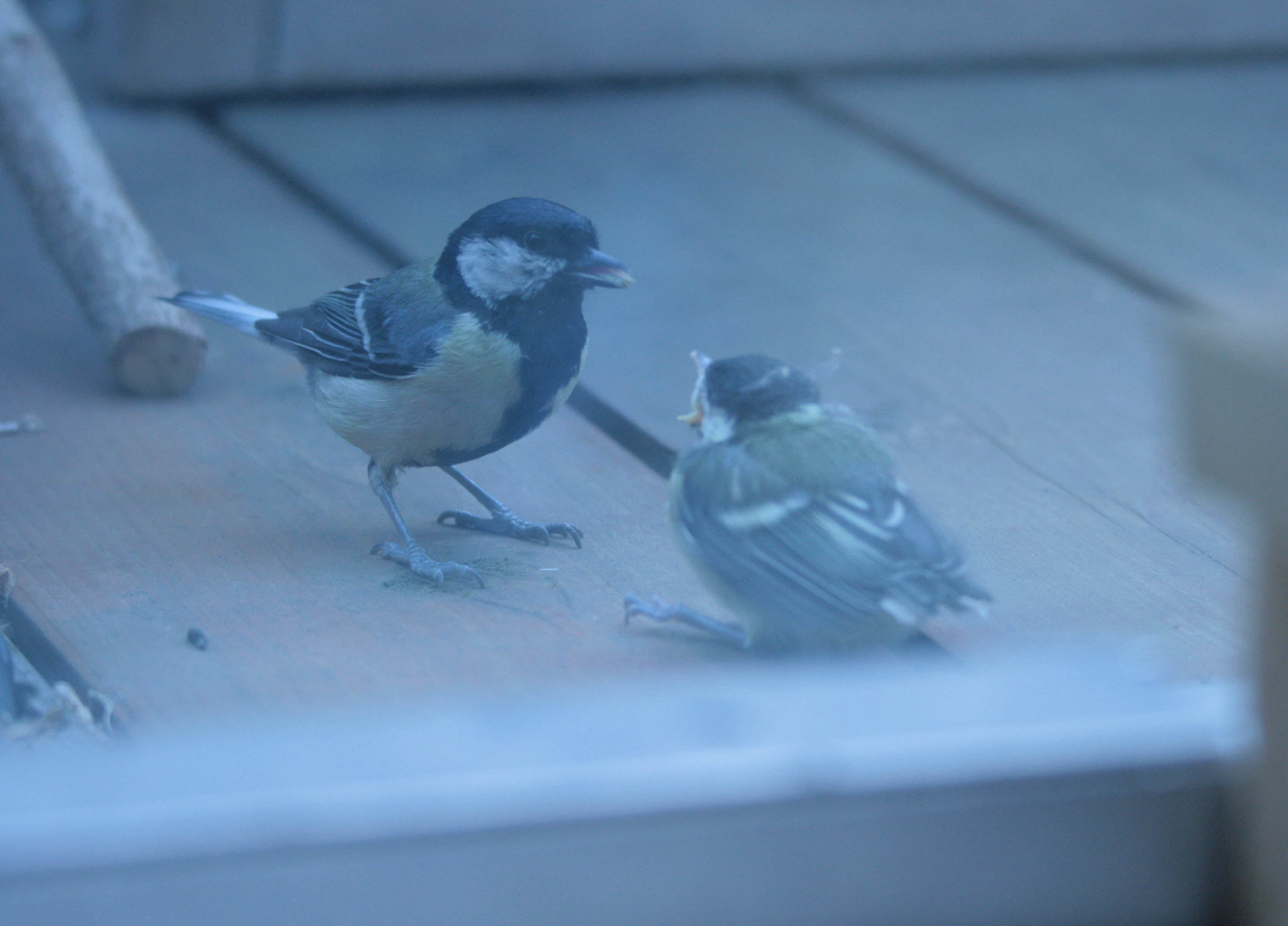
but not abandoned... (does anyone know what this food is?)
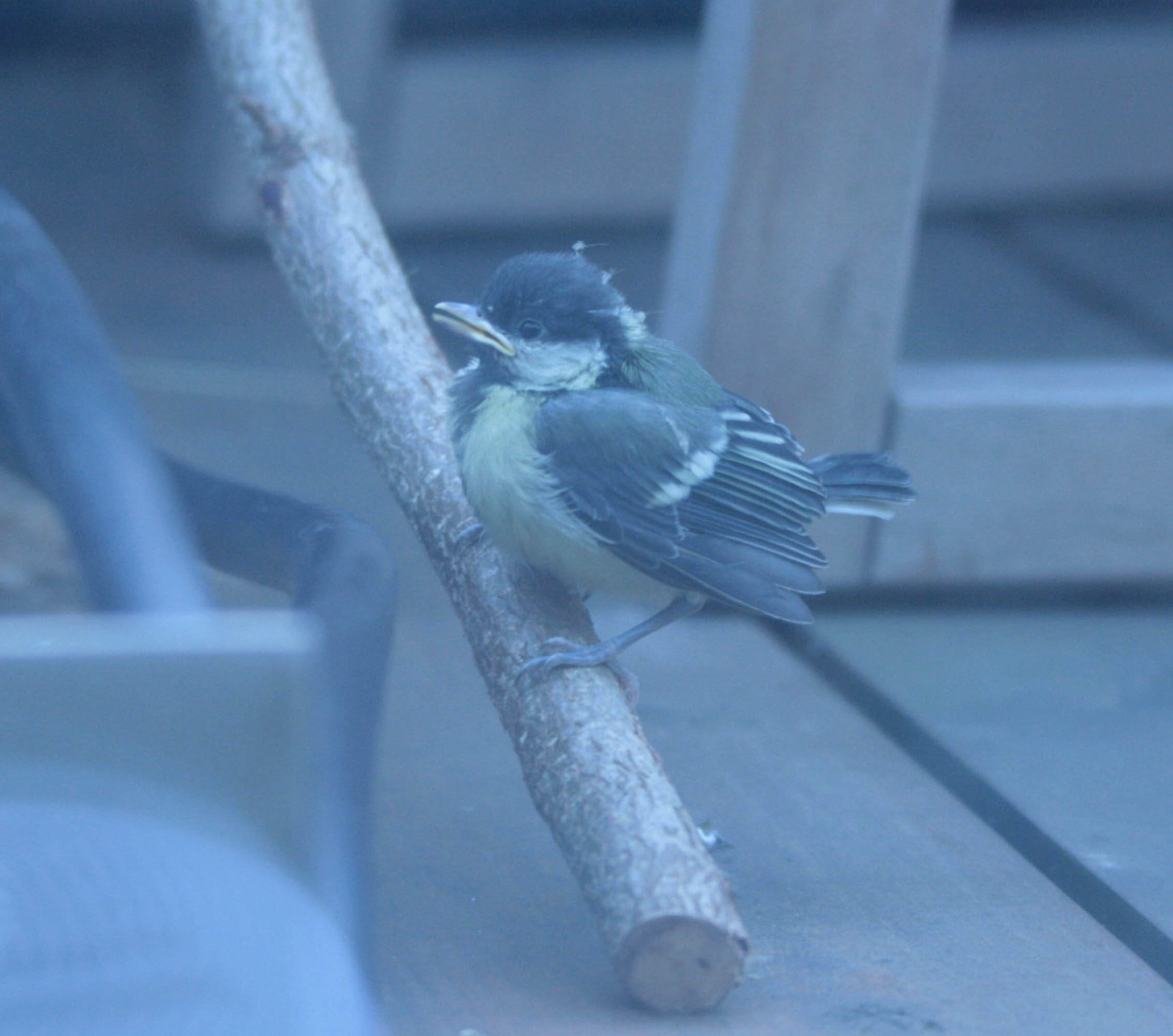
We gave him a hazel branch and some water and within a couple of days, he was climbing up the stick.

...and demanding food
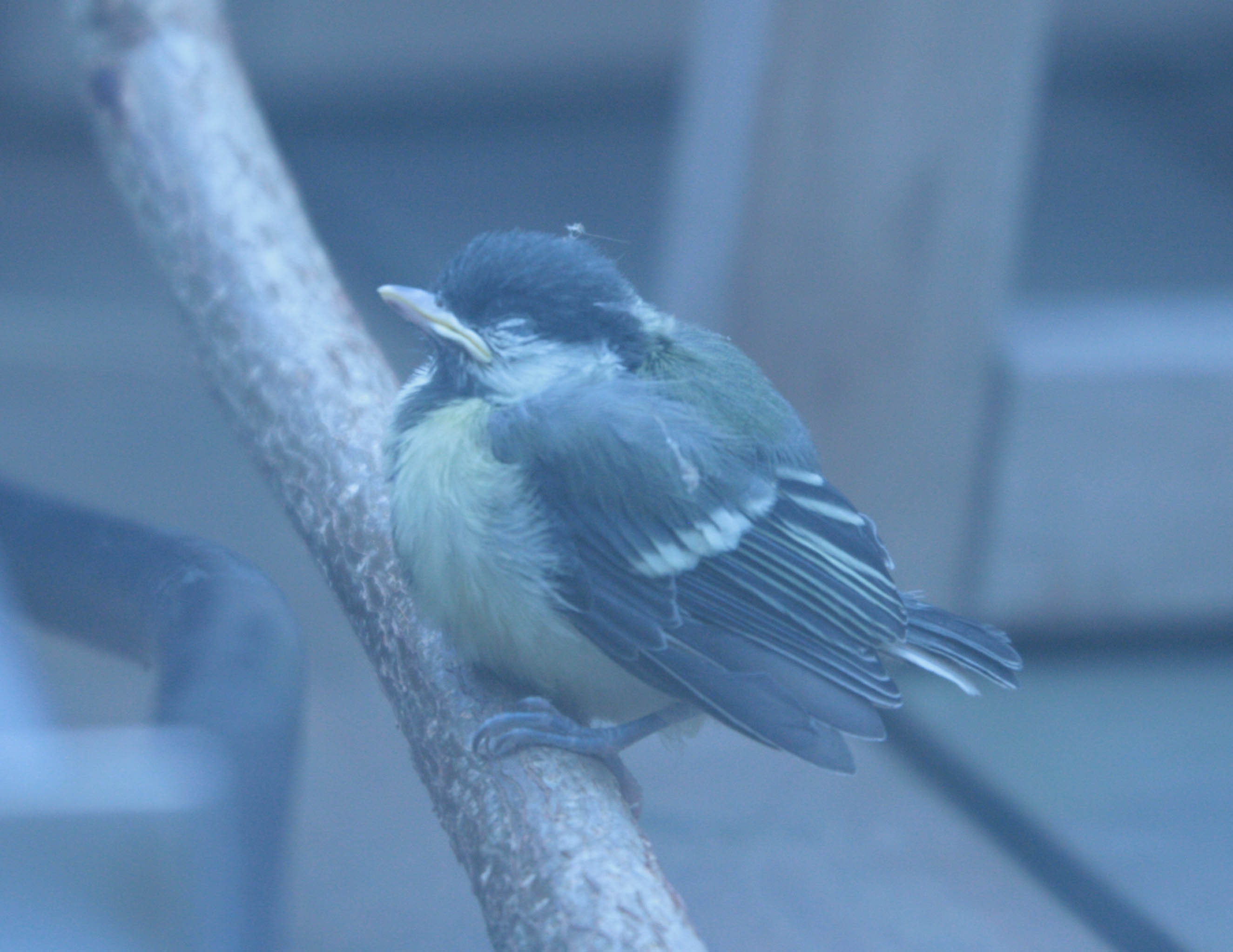
crying when it doesn't arrive...
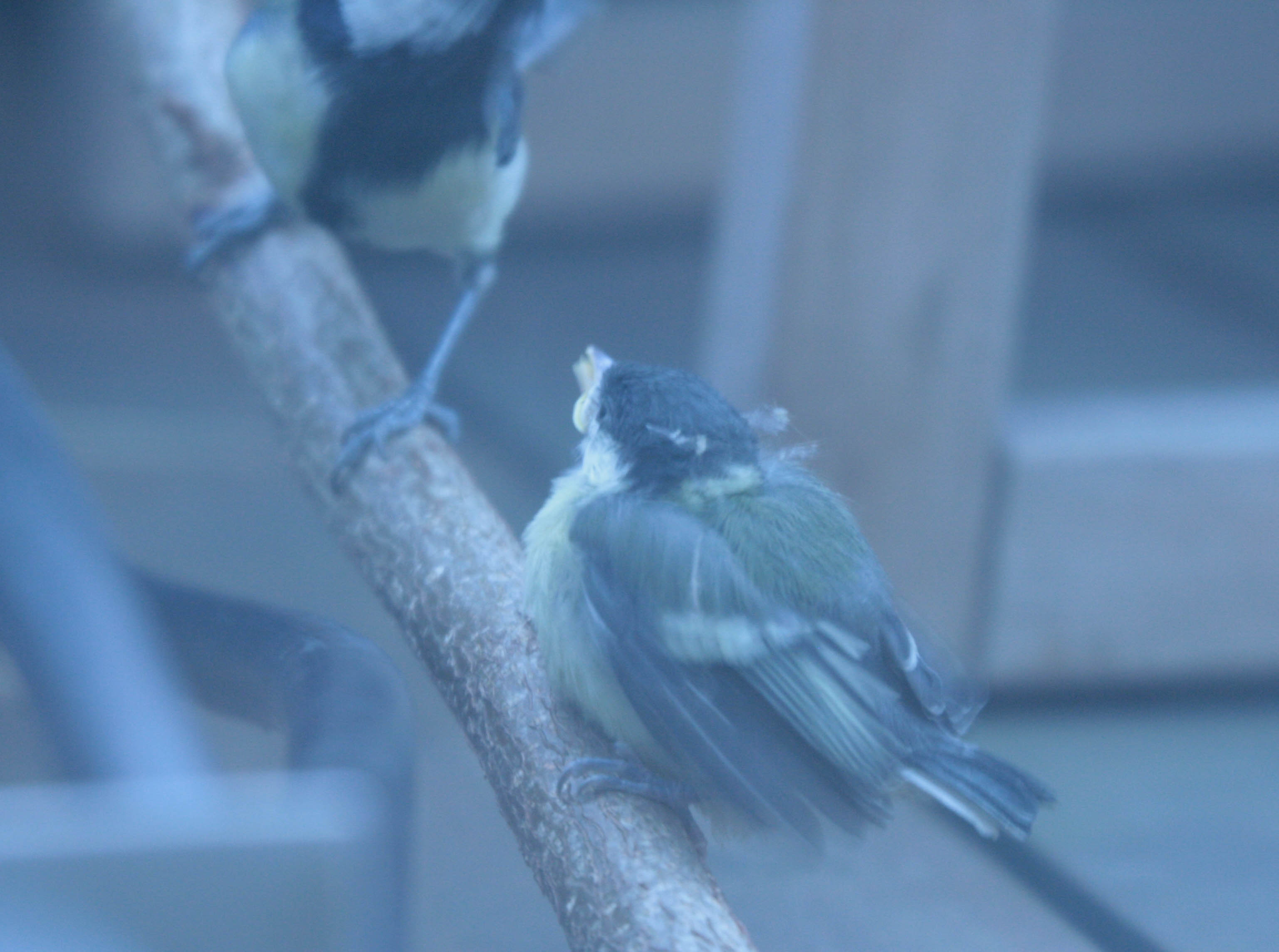
food arrives...
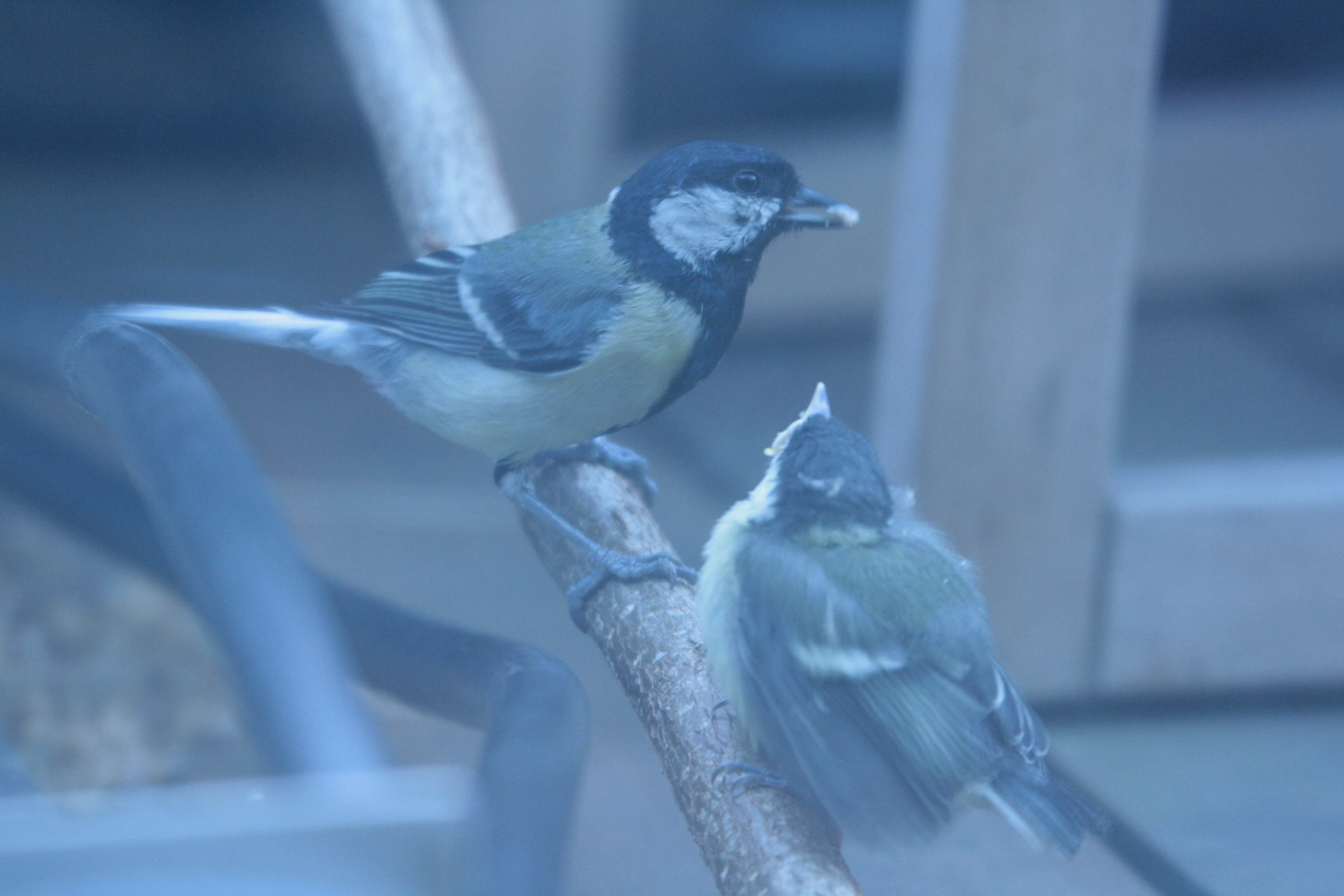
clearly tempted... (again the same food - a maggot?)
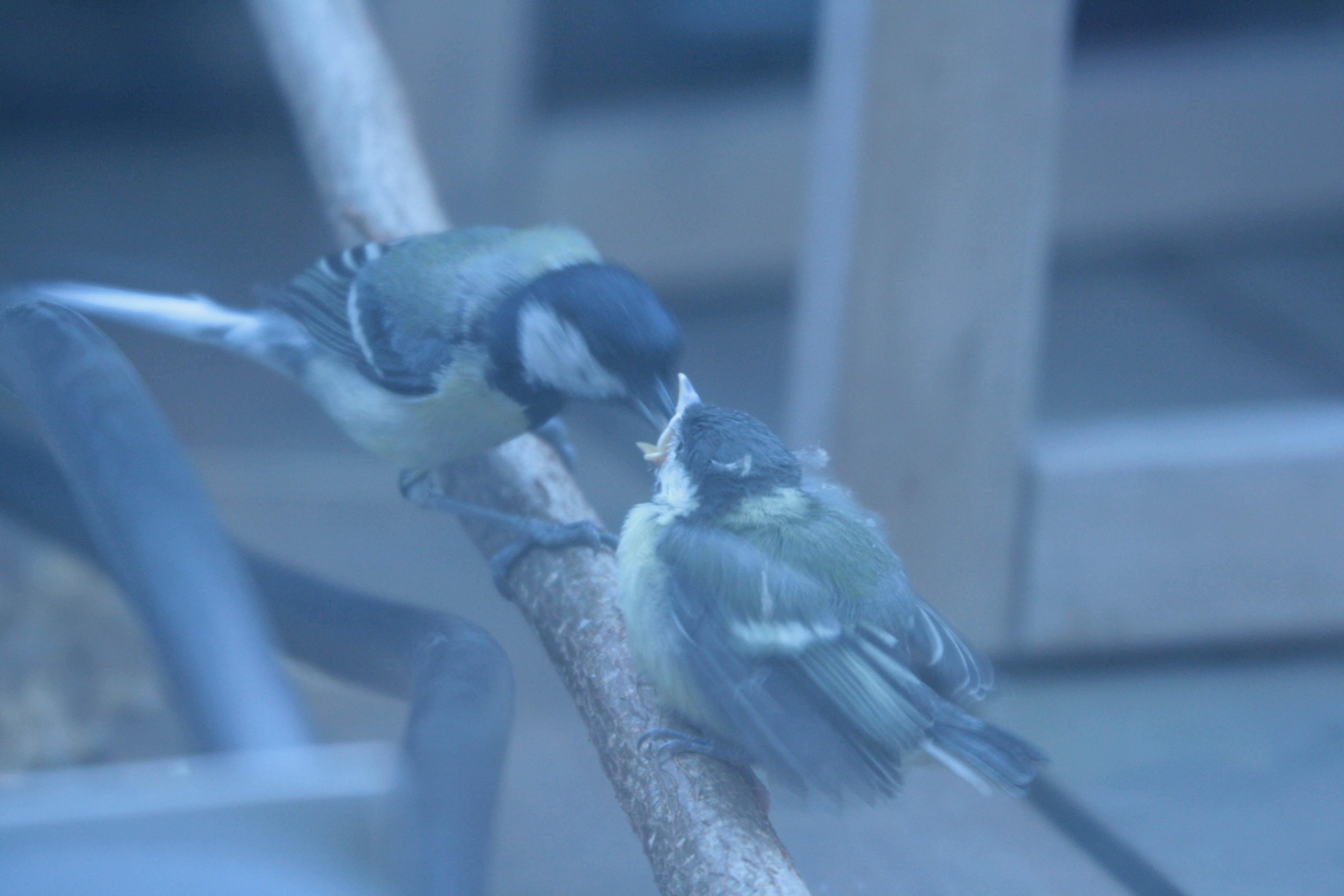
eagerly received...
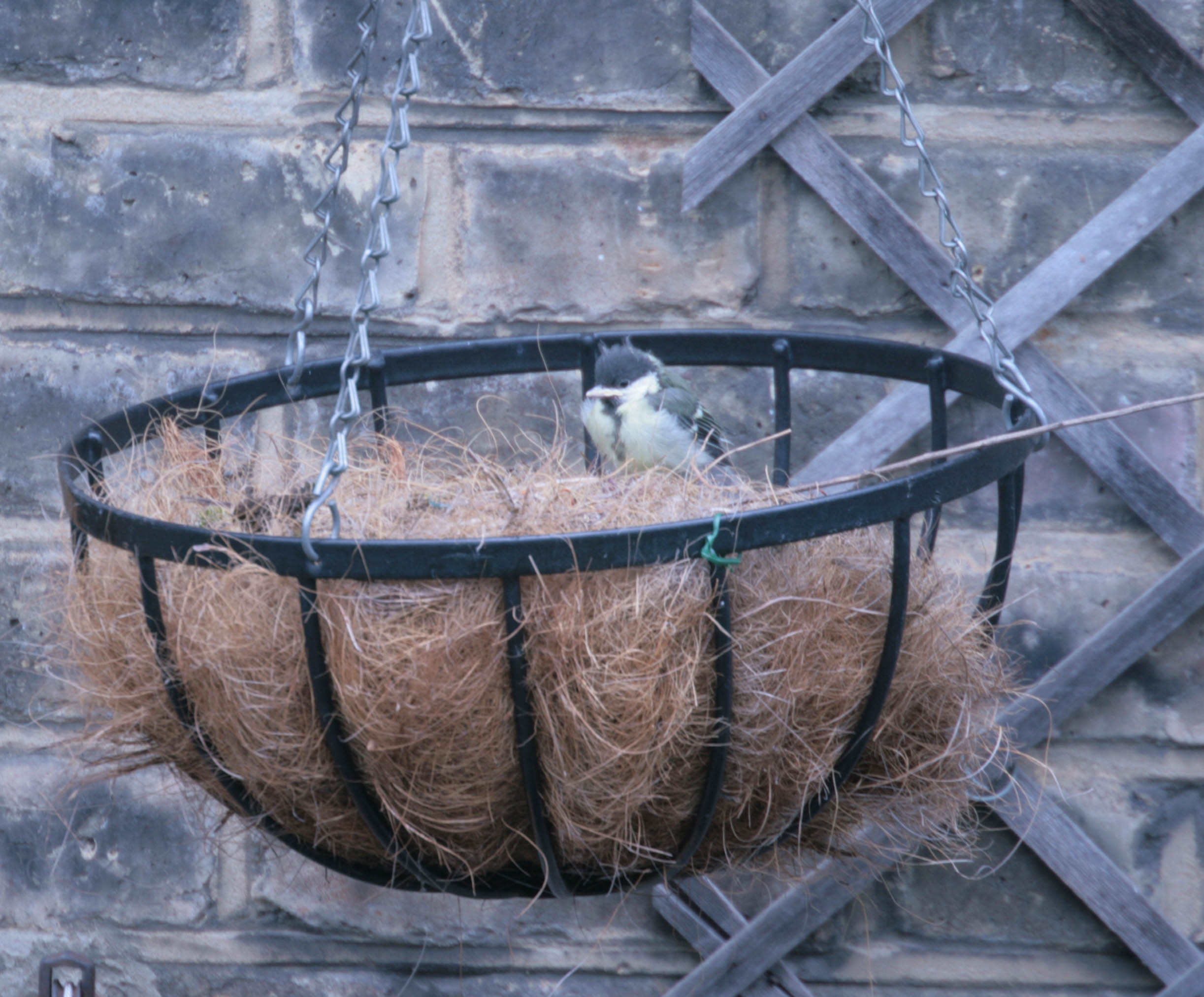
within a few days he takes his first flight 10 metres to a neighbours hanging basket. His first flight was recorded and will be uploaded to http://www.bere.co.uk/films in a few days time....
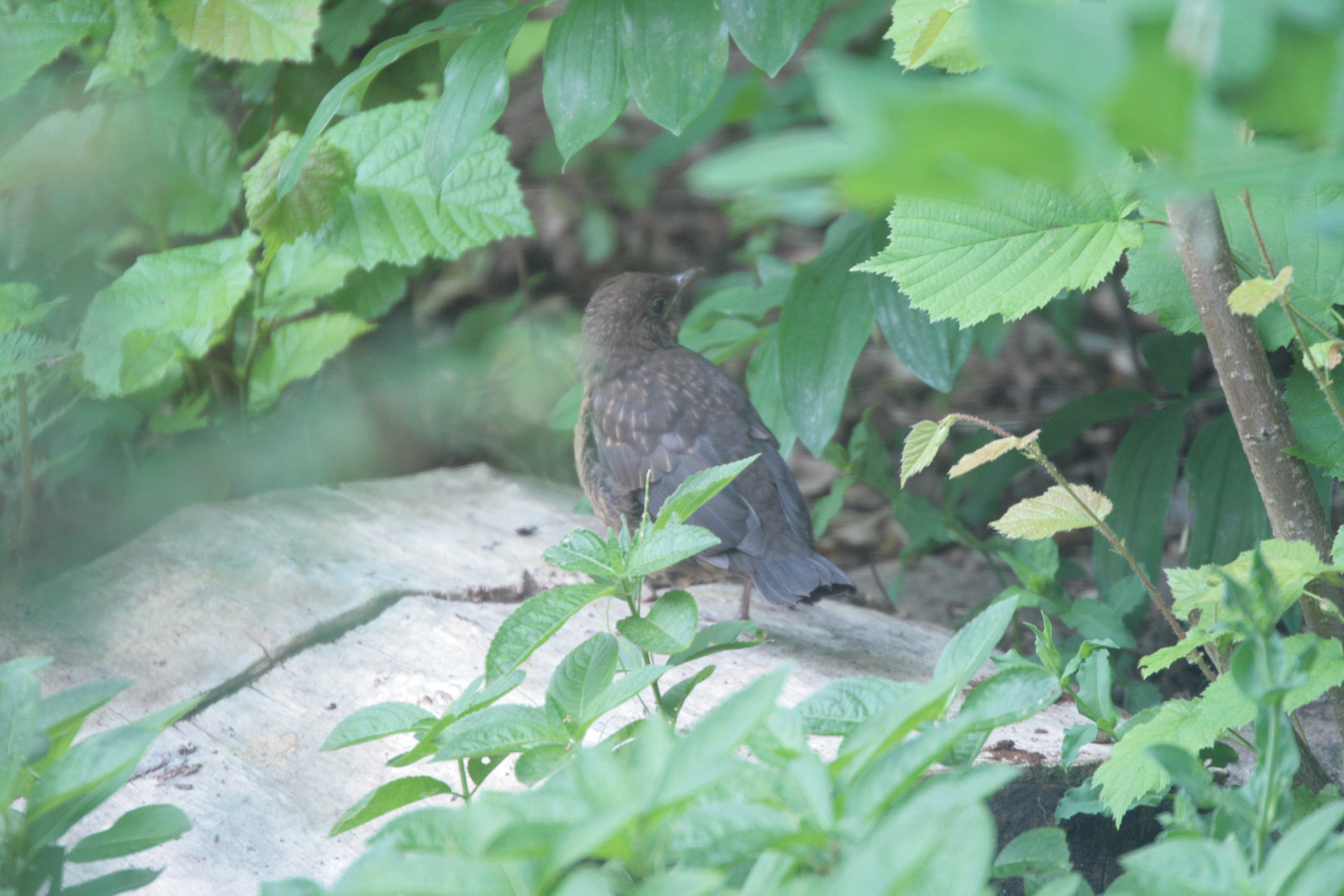
Three or four blackbird chicks were produced this spring and the whole family are regularly out feeding for worms in the hazel coppice on my green roofs. It's the perfect habitat for them, with only a dense covering of damp brown leaves. These are easily scratched away to find worms. Individual trees don't give enough shade for this kind of habitat. They need woods. Yet we often seem to regard woods in urban areas as worrying and we thin them out so grass can grow underneath. But we should value dense woodland!
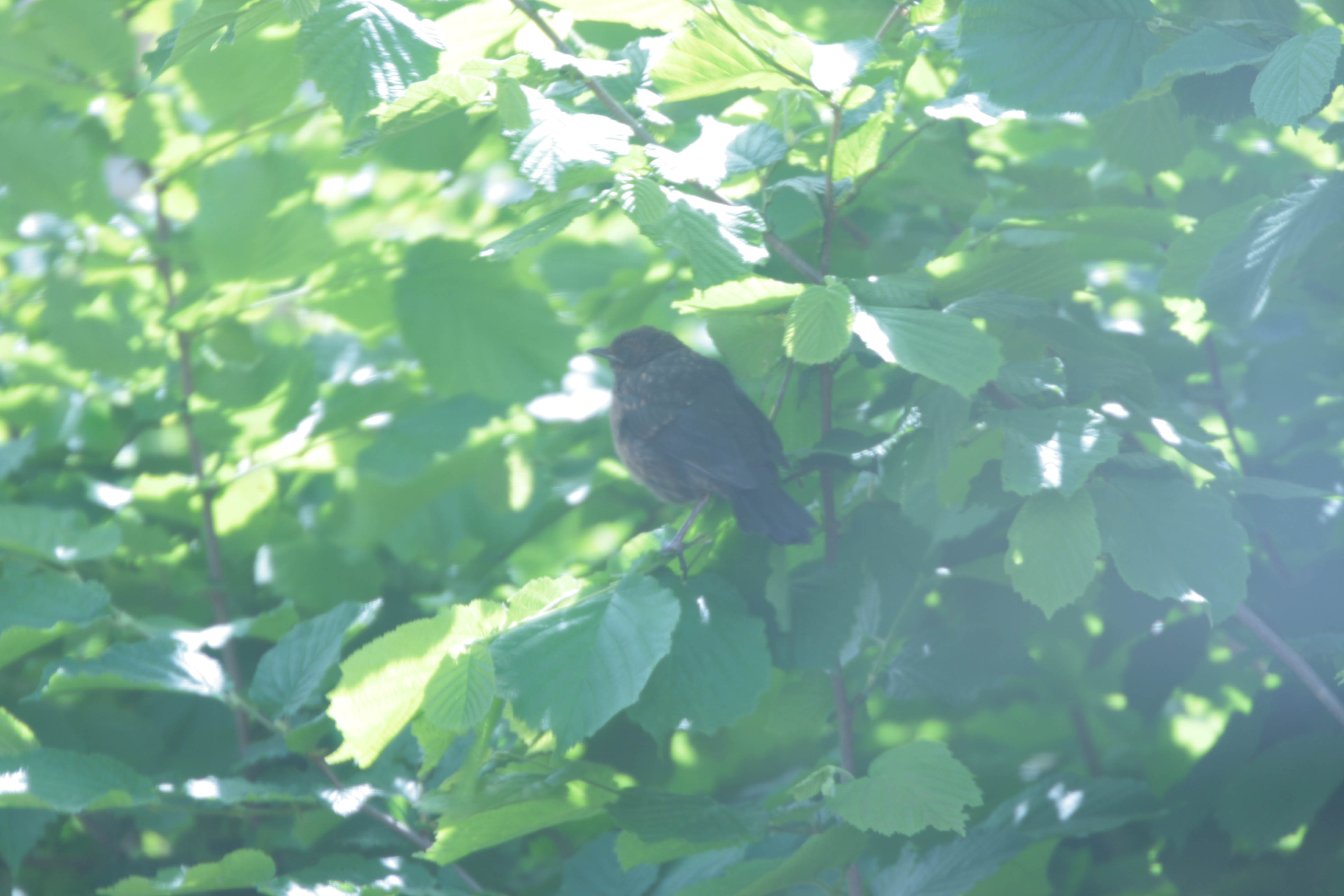
A blackbird chick feeling safe from predators in the roof garden hazel coppice. It's amazing how every year, adults blackbirds, wrens and tits bring their young chicks here for their nursery days, where they are relatively safe from marauding crows and magpies looking for a meal.
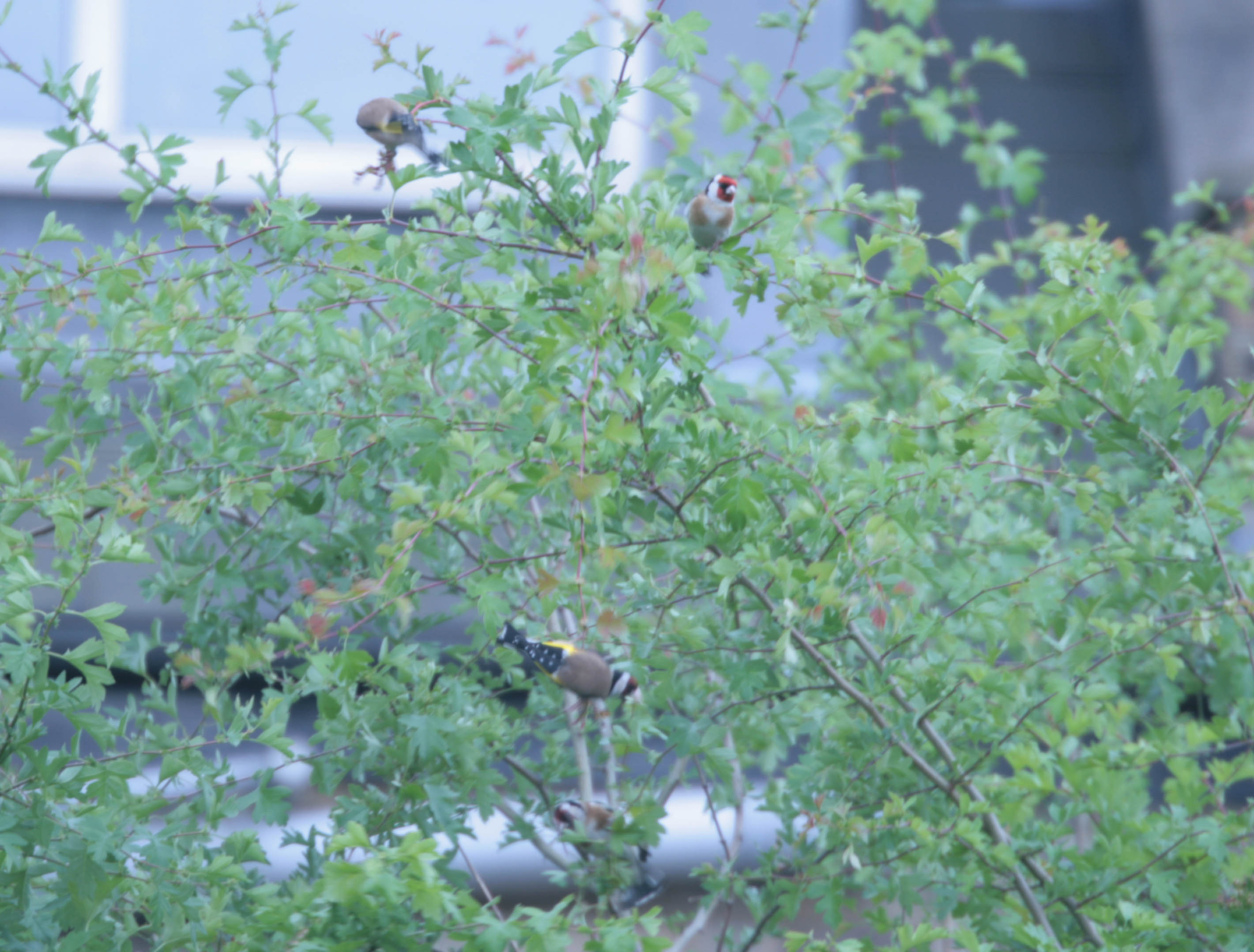
Everyone's favourite - the goldfinches that play and sing in the hawthorn coppice on top of one of my green roofs here at the Muse.
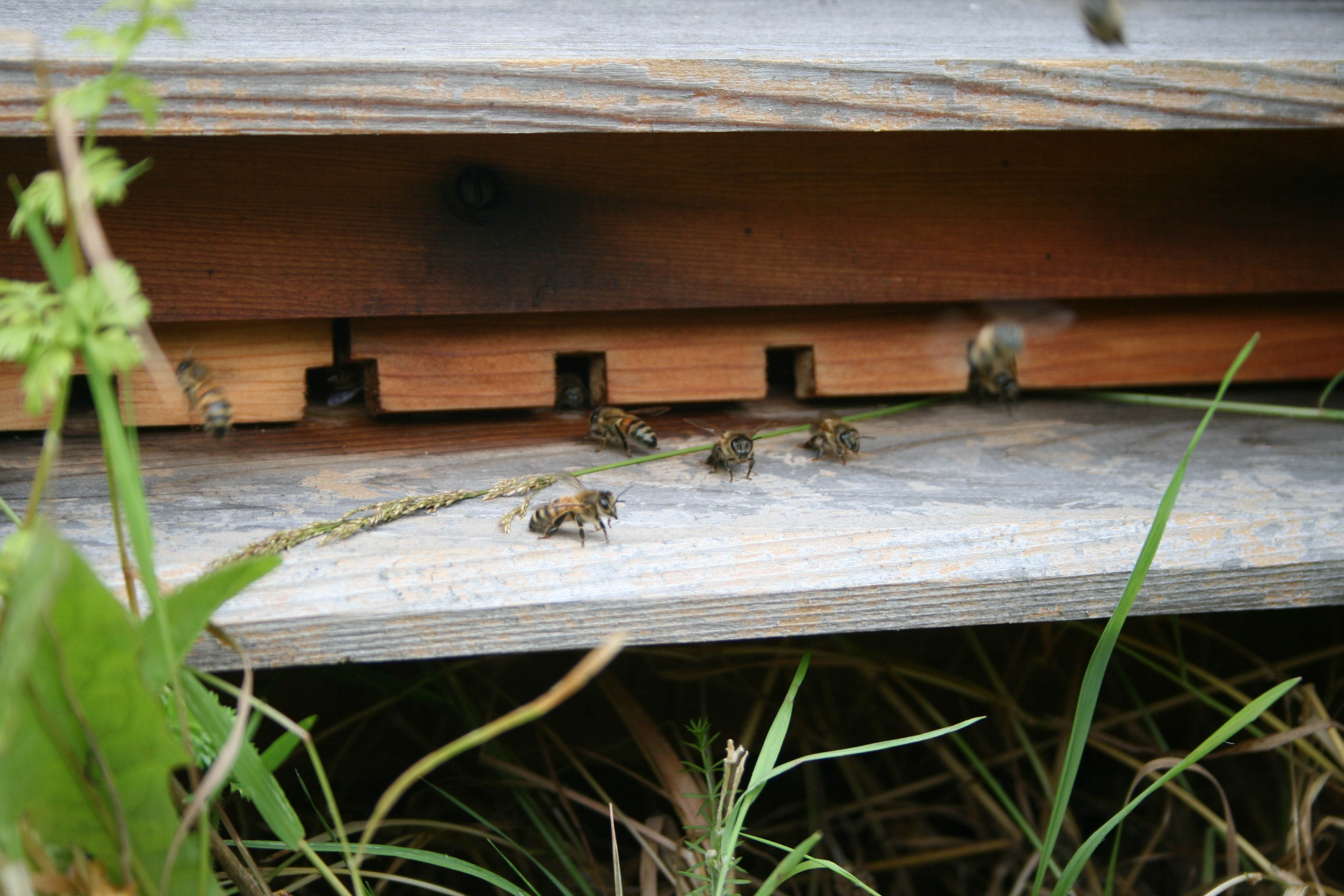
My bees are doing fine. They are very friendly; I am here less than an arm's length from the entrance to the hive. These bees are treated very gently by me and my beekeeping manager, Ian Bailey of Hackney City Farm. I think that they understand we are here to help them. We don't need any protective gear when opening up the hive. Even the BBC camera man and producer who visited last week were confident enough to film without protective gear and let the bees land on them and have a chat!
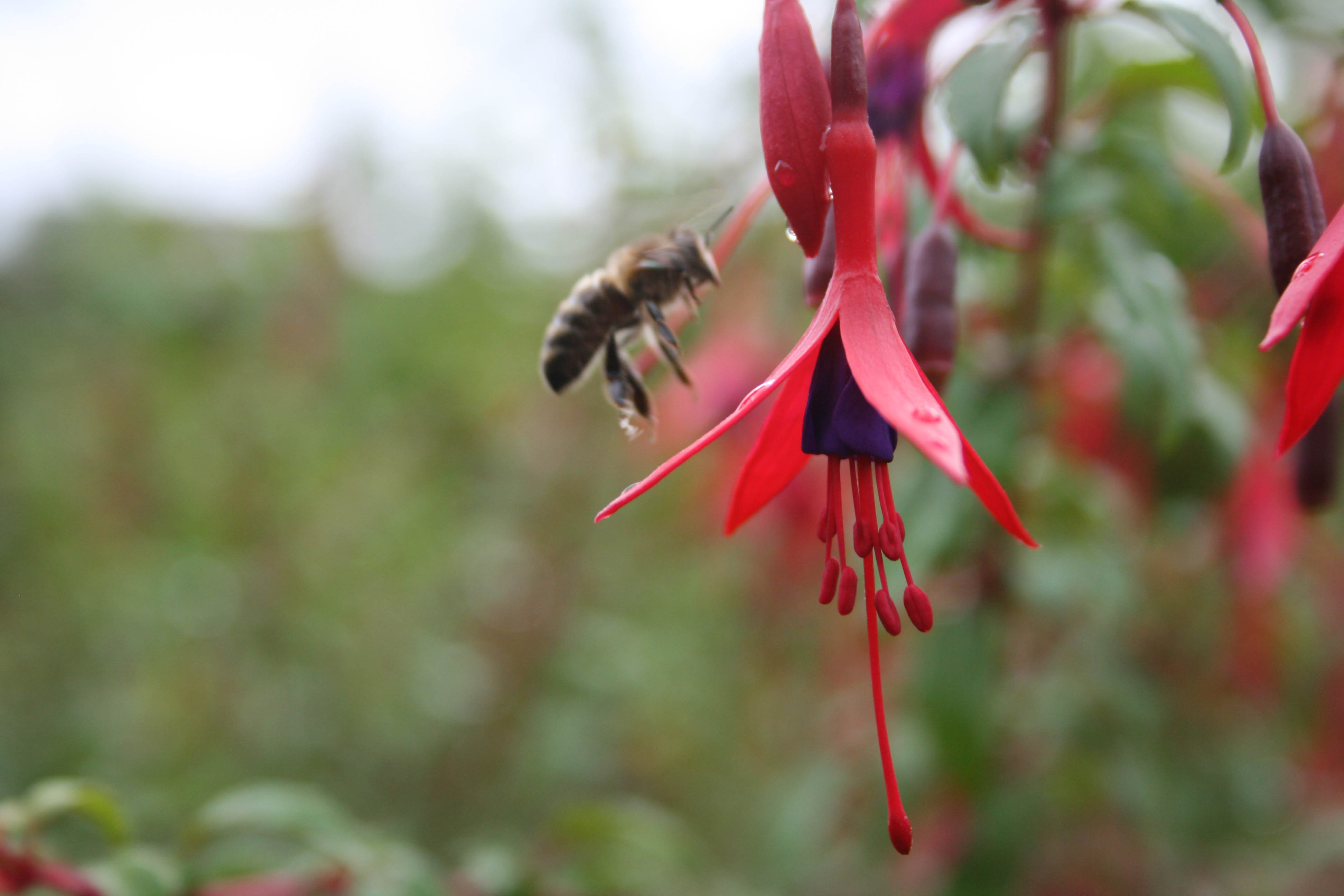
My fuschia hedges are a real favourite for the bees
[[{"type":"media","view_mode":"media_large","fid":"1627","attributes":{"class":"media-image","id":"1","style":"height: 253px; width: 380px; ;;;;;","typeof":"foaf:Image"}}]]
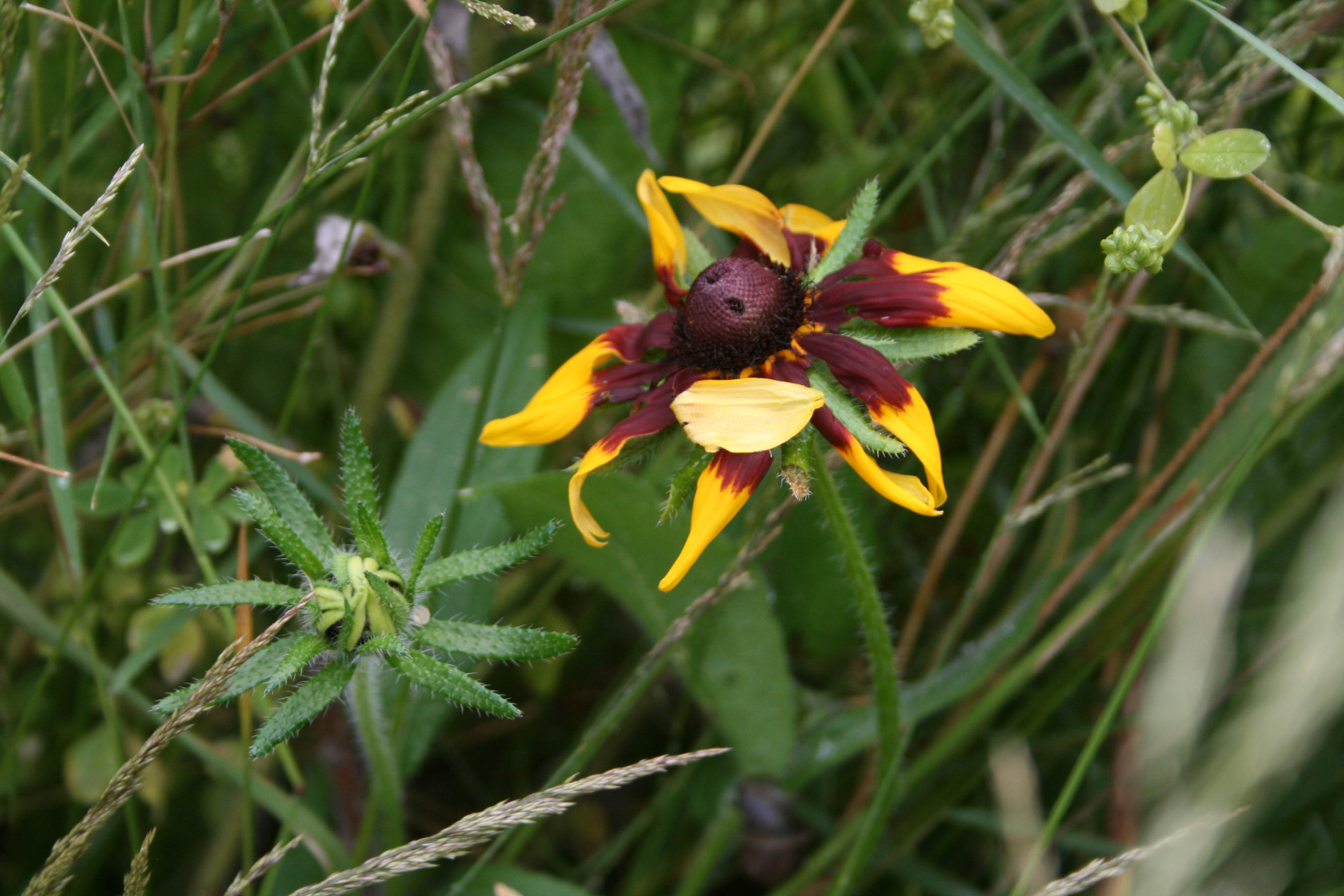
This beautiful new flower appeared in my rooftop wildflower meadow this year. I haven't had time to try to identify it. I would be pleased to hear from you if you can tell me what it is!